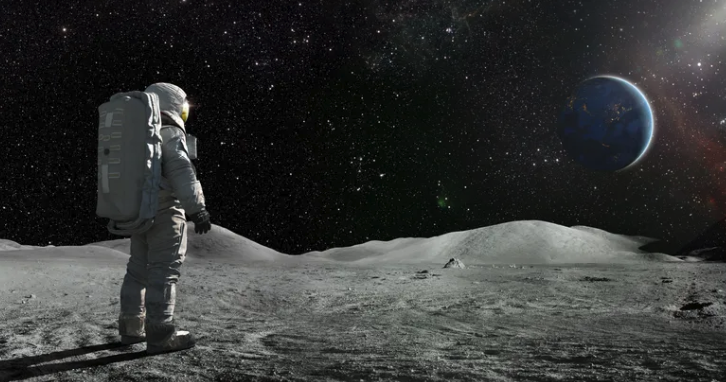In an unprecedented and heroic journey, a Space Force Guardian has taken the lead in a vital mission to rescue astronauts stranded in space. The mission, which has captured the imagination and hearts of millions, feels like a page out of a science fiction novel but is very much a current and pressing reality.
The Background
The story began when an unforeseen mechanical failure left a team of astronauts helplessly drifting in space. The international crew was on a routine expedition aboard the Elysium Station, a satellite outpost dedicated to scientific research and exploration. Communication lines were lost, and for a harrowing few hours, hope seemed faint.
The mishap put the crew in a precarious situation, as supplies and oxygen were worryingly low. Immediate action was required, and the global aerospace community rallied together in response.
The Space Force Guardian
Leading this daring operation is Captain Sarah Myles, a seasoned veteran of the U.S. Space Force and the mission’s commanding officer. Captain Myles, often referred to as the “Guardian of the Stars,” has a storied career that made her a natural choice for this high-stakes endeavor.
Her track record includes:
- Over 15 years of service in space missions.
- Multiple commendations for bravery and quick thinking.
- A reputation for impeccable leadership and decision-making under pressure.
“Humbles me every time I look out into the stars,” Captain Myles exclaimed in a brief communication, echoing the blend of reverence and responsibility that has driven her throughout her career.
The Rescue Mission
The rescue mission, dubbed “Operation Celestial Return,” is a multi-faceted and highly complex operation involving intricate coordination between **Space Force** personnel, international aerospace agencies, and private sector partners like SpaceX and Blue Origin.
The mission parameters include:
- The launch of a specially outfitted rescue shuttle.
- Mid-space equipment transfers.
- Meticulous calculations for re-entry and safe landing.
The rescue shuttle, named *Phoenix*, is a beacon of cutting-edge technology with the sole purpose of bringing home the stranded astronauts. It is equipped with advanced navigation systems, life support enhancements, and autonomous docking capabilities.

Challenges and Innovations
A mission of this magnitude is not without its challenges. The vast expanse of space poses unique obstacles, including **radiation exposure**, the need for precise maneuverability, and the ever-present threat of debris. However, these challenges are met with equal parts experience and innovation.
Perhaps one of the greatest technological marvels of *Phoenix* is its **artificial intelligence** system, designed to assist the crew with real-time problem-solving and ensure efficient communication with ground control.
Another groundbreaking aspect of this mission is the use of new bio-regenerative life support systems, which recycle air and water, highlighting the ingenuity at the core of this mission. These systems provide the stranded astronauts with a longer window of survival, buying crucial time.
The Human Element
While the technology is astounding, the human component remains the most compelling aspect of this mission. The **dedication** and **resolve** exhibited by all involved harken back to the essence of exploration and human spirit.
“It’s not just about machinery,” Captain Myles remarked. “The heart of this mission is about bringing our people home.”
This sentiment resonates deeply, as families and colleagues watch and wait with bated breath, sending their prayers and well-wishes into the void, hoping for the safe return of their loved ones.
A Global Effort
This mission has not only united a team of astronauts but has also fostered unprecedented international collaboration. Countries from around the world, transcending political and logistical barriers, have contributed resources, expertise, and support to ensure the success of Operation Celestial Return. Japan, Russia, Germany and India have all joint forces to help here.

Hope on the Horizon
As Phoenix approaches Elysium Station, the world holds its collective breath. The vision of the shuttle soaring against the backdrop of the cosmos fills screens and hearts alike.
So far, preliminary reports have been promising. Contact with the stranded crew has been reestablished, and optimism blooms as we wait for the next update from Captain Myles and her team.
In an era that often feels fragmented, the mission to rescue the stranded astronauts is a shining beacon of what humanity can achieve when united for a common cause. Through collaboration, technology, and sheer human will, Captain Sarah Myles and her team remind us that even in the darkest and most isolating moments, there is always hope.